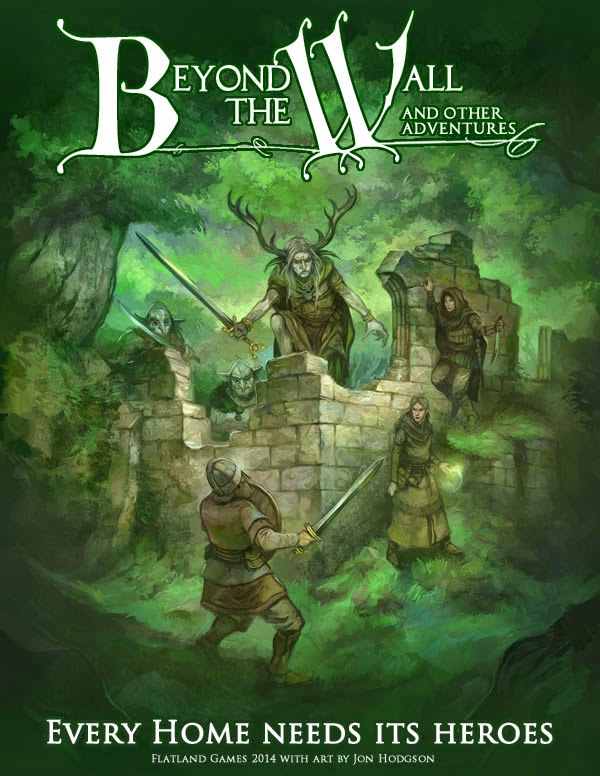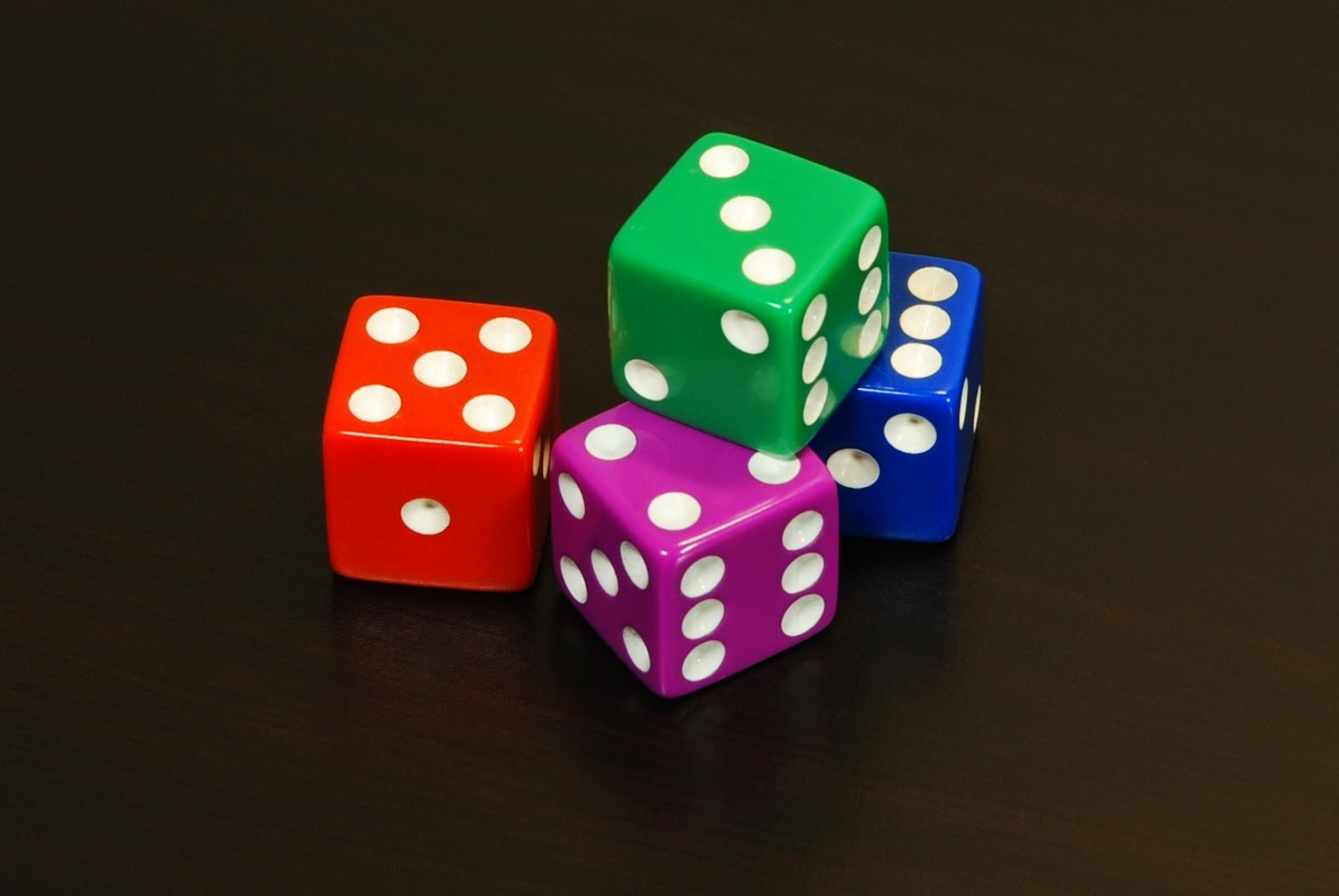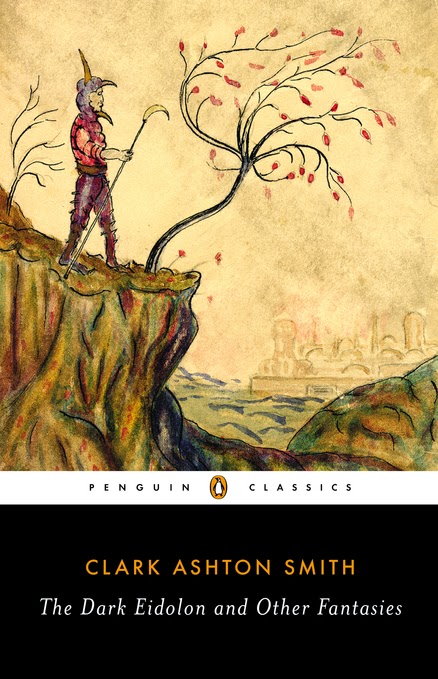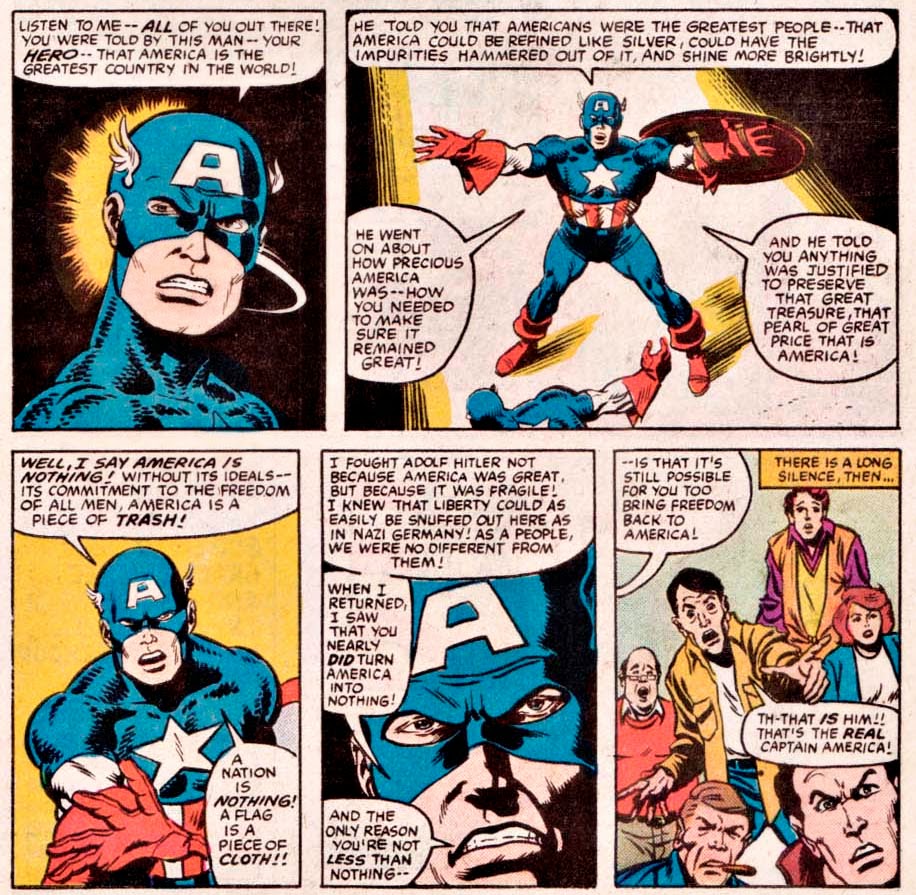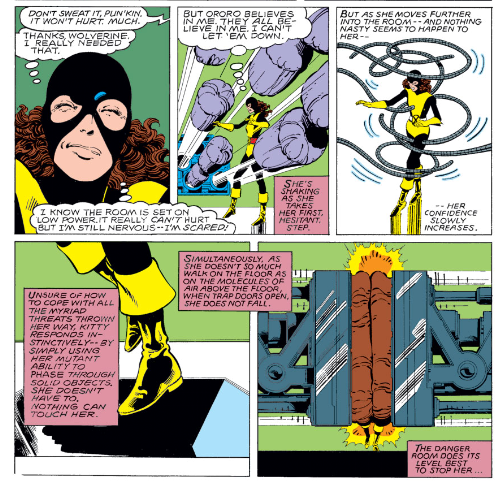I took part in this year's Free RPG Day celebration at
Armored Gopher Games, my FLGS, and the event was an overwhelming success: five games, all of which ran with full tables, and a quickly depleted stack of free RPG materials. Since I was both a player and a referee this year, I thought I'd throw together an actual play post describing what went on.
 |
| (L to R) Ka-Boom, Primal, Lawman, Freeze-Tag, and Co-Opt |
My stint at referee came first: starting at 11 a.m., I ran a session devoted to
Hazard Studio's
Supers! Revised game. I had a six-hour time slot, so I opted to let the players create their own heroes instead of using pre-gens. Since
Supers! Revised is not yet in print (due to hijinks beyond Hazard's control), I had to rely on the single PDF copy on my MacBook hard drive. This created something of an information bottle-neck, although I was able to make copies of the extremely helpful Character Creation Guide provided in the back of the rulebook. It didn't hurt that the nature of
Supers! Revised as a game doesn't necessitate frequent look-ups to build a character: not only does the Guide list all Resistances, Aptitudes, Powers, Boosts, Complications, Advantages, and Disadvantages but the game's relative simplicity means that dice devoted to a given Power are a more or less transparent indicator of the character's ability with that Power. (There was some fiddling with the rulebook to ensure that characters' Power dice matched up with their hero concepts, but nothing like I experienced the one time I tried to referee a
Champions character creation session.)
My five players came up with the following supers:
The Lawman - Western sheriff descended from a long line of law enforcers. Carries his ancestor's six-shooter (a weapon that fires ghost bullets) and badge (affording him mystic protection from harm).
Freeze-Tag - Bounty-hunter with the ability to teleport to his quarries and stop them in their tracks with a paralytic touch. (The name was my suggestion to the player, but the powers pairing was his—and so wonderful that I will be stealing the character for use as a campaign NPC.)
Co-Opt - A hero whose powers are all about taking from others (co-opting their metahuman abilities with Power Steal and their skills with Mimic Aptitude) and then sharing them with himself (by cooperating with his duplicates). He also had Super Speed but rolled poorly with it all session, causing the other players to dub him "Worst Speedster EVER."
Ka-Boom - A skilled fighter whose primary power was her BFG. It went "KA-BOOM" when fired (natch).
Primal - A robot able to morph into any size animal form contained in its data banks.
I then tested the heroes' capabilities by running them through a fairly straightforward scenario, Hazard's
Scene Stealers: Black Ice. The team found itself in hot pursuit of Cold Kill, a notorious super-villain who was in the midst of hijacking an armored truck. The chase was more or less a cinch for the players: Freeze-Tag kept teleporting from block to block to keep up with the truck, Co-Opt relied on his super-speed, Primal turned into a silver-maned stallion and carried Lawman on its back, and Ka-Boom ... well, I let her pick from the list of commandeered pursuit vehicles contained in the scenario, and she chose
the ice-cream truck.
Cold Kill was definitely outnumbered, although he did nearly managed to put down Lawman and Primal with his wide-angle ice blast. (The ice-cream truck was totaled by the same blast. You served Ka-Boom well, Mr. Softee!) The team then more or less beat him down with a minimum of fuss. Unfortunately for them, the arrest was complicated by the on-site crash of a private plane ... and the arrival of Rio de Sangue, a contract killer who wanted the briefcase possessed by one of the passengers.
(Rio's nom-de-guerre led to much mocking by the heroes: "His name is Rio, and he dances on your glands ... Oh, Rio, Rio, you have got a severed hand!")
As a 35D villain, Rio was much more of a challenge for the team. His numerous super-abilities (including his hellacious 5D Armor) made it difficult for them to get in a decisive blow. On the other hand, Rio was equally outnumbered. Once Primal realized the armor's weakness (it didn't protect Rio's head, something Primal discovered when it shifted into condor form and tried to scratch out the villain's eyes), he got the rest of the team to start taking called shots. Rio attempted to escape by flying away, but Primal shifted into pterodactyl form and took him down. Cue end credits!
Everyone had a great time playing
Supers! Revised; the only real complaint came from a few players who realized mid-scenario that they should have built their heroes differently to get the effects they wanted (and even these players agreed that they were talking more about fine-tuning than a completely misleading ruleset). My one regret as a referee was the massive beating my solo villains took as a result of serious outnumbering; I probably should have given Rio some minions as back-up to occupy some of the heroes and minimize the ganging-up effect. But then I didn't anticipate five players! (There was much less attendance for at the Gopher's 2013 Free RPG Day event.)
After a break for dinner with my family, I came back to the store for the second session of the event. This time I was a player in my friend Dave's
Dungeon World event. Dave was running a scenario based on Mike Carr's
Dungeon Module B1: In Search of the Unknown. He had tried to run the adventure the previous year but had insufficient players show up (i.e., just me). He had even tried to run it at home for me and another friend, but a TPK in the first encounter and a lack of time to start over had deep-sized that attempt. Hope springs eternal, though, and Dave offered the scenario again at this year's event. As mentioned above, he made the right call, ending up (like all the other games this year) with a full table.
I'll let Dave have the honor
over at his blog of describing what transpired at the table. But I will note that I had a blast playing my swashbuckling Elf Fighter (who wore a fake mustache in the finest Fairbanks-Flynn tradition). Perhaps my crowning glory was the moment when I checked for traps by the corpse of a dead halfling thief onto a pile of treasure. There wasn't any trap, but I did manage to wake up the chimera who owned said treasure ...
Thanks to the Gopher staff for hosting Free RPG Day, to my players for showing up and indulging my desire to run
Supers! Revised, and to Dave for sticking it out and finally getting to run his
Dungeon World adventure!


